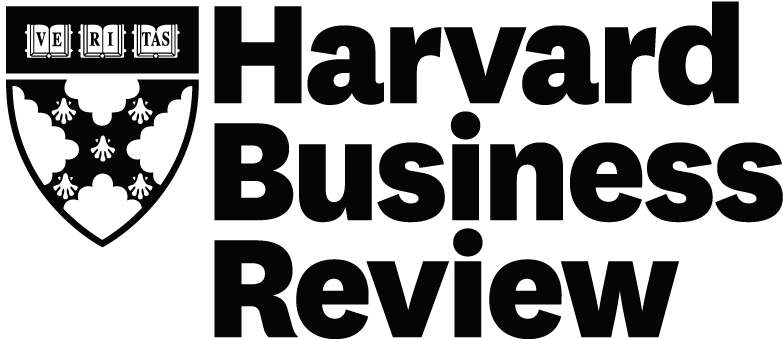"User Friendly is a tour de force, an engrossing fusion of scholarly research, professional experience and revelations from intrepid firsthand reporting."
EDWARD TENNER, The New York Times Book Review
We suddenly find ourselves in a world that has been dramatically re-factored before our eyes, like magic. The principles of user friendly design have seeped out of our digital devices and into every nook and cranny of our day to day lives from how we commute to how we vote to how we get pregnant.
But where did these design ideas come from? Good luck asking a designer. We all think that user experience design was invented by Steve Jobs. The origin story is both more unusual and compelling, touching everything from the Three Mile Island nuclear disaster to the invention of the Princess Phone. So I reached out to Cliff Kuang, the only writer I knew capable of reporting and capturing this paradigm shift for a broad audience. The result is the book User Friendly which he so eloquently crafted and which I am proud to have helped bring to life. We hope our readers will become more discriminating consumers of all of the new experiences being designed into their day-to-day lives. The book was selected by Amazon as one of the Top 100 books for 2019 (#98); a New York Times, Amazon and Time Magazine pick of the month; and one of Fortune Magazine’s Favorite Books of 2019.
“Very rarely, but sometimes, you pick up a book and realize you’ve been looking at the world all wrong. That’s what happened to me when I picked up User Friendly, a fascinating book about the history of user-experience design.”
AMAZON best books of 2019 (#98)
“This book offers a history of user-centered design that’s delightfully true to its title. The stories it tells are thoughtfully organized, rigorously reported, and deftly presented.”
Fortune Magazine Favorite Books of 2019
“An erudite and insightful exploration of a revolution in human thinking that most people have probably never considered.”
Publisher’s Weekly
RELATED ARTICLES
FAST COMPANY / We’re in a Golden Age of UX. Why is Zoom Still stuck in the 90’s?
Today we have cloud storage and augmented reality—all on our phones. Yet the user experience of Zoom and its competitors has not evolved in over 25 years. At a time when we desperately need online environments that encourage dialogue between people from different backgrounds and perspectives, why hasn’t video chat evolved at all? Read more →
FAST COMPANY / Apple Finally Created the World’s First Great Wearable. No, it’s not the Apple Watch
Wearable technology has held the promise and imagination of designers for such a long time, and yet the path to mainstream cultural adoption has been extremely challenging. So, what does the breakthrough success of Apple’s Airpods teach us about designing for user behavior. And what are the potential positive benefits in an era of rapid urbanization, particularly with an aging population. Read more →
FAST COMPANY / What can Game of Thrones Teach us about User Friendly Design?
The set design of “Game of Thrones” embodies the changing role of design as an expression of privilege, comfort, and authority in the real world, from the middle ages to contemporary life. Read more →
HBR / The Rise of UX leadership
UX, as user experience is known, is the new black in business culture. Most of the executives I meet with, regardless of their industry, now promote UX as key to their product strategy. For a designer like myself, it’s easy to recognize which executives know their products intimately, and which manage from a spreadsheet. Thankfully, I’m seeing the emergence of a new generation of UX-oriented leaders with little patience for the hands-off approach. Read more→
HBR / Scaling Your User Experience Strategy
The recognition of UX’s importance seems to be slowly sinking into corporate culture the way “brand” did decades ago. Today, it is not uncommon to hear an executive talk about managing a $30 billion brand. But that was a foreign idea not so long ago. As design thinking has been institutionalized, management has figured out ways to assign value to this “asset.” Read more→




